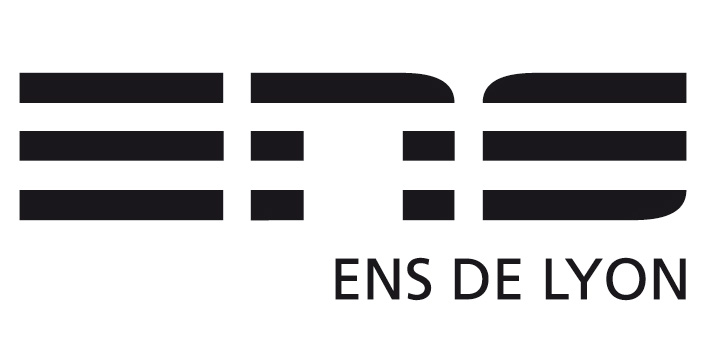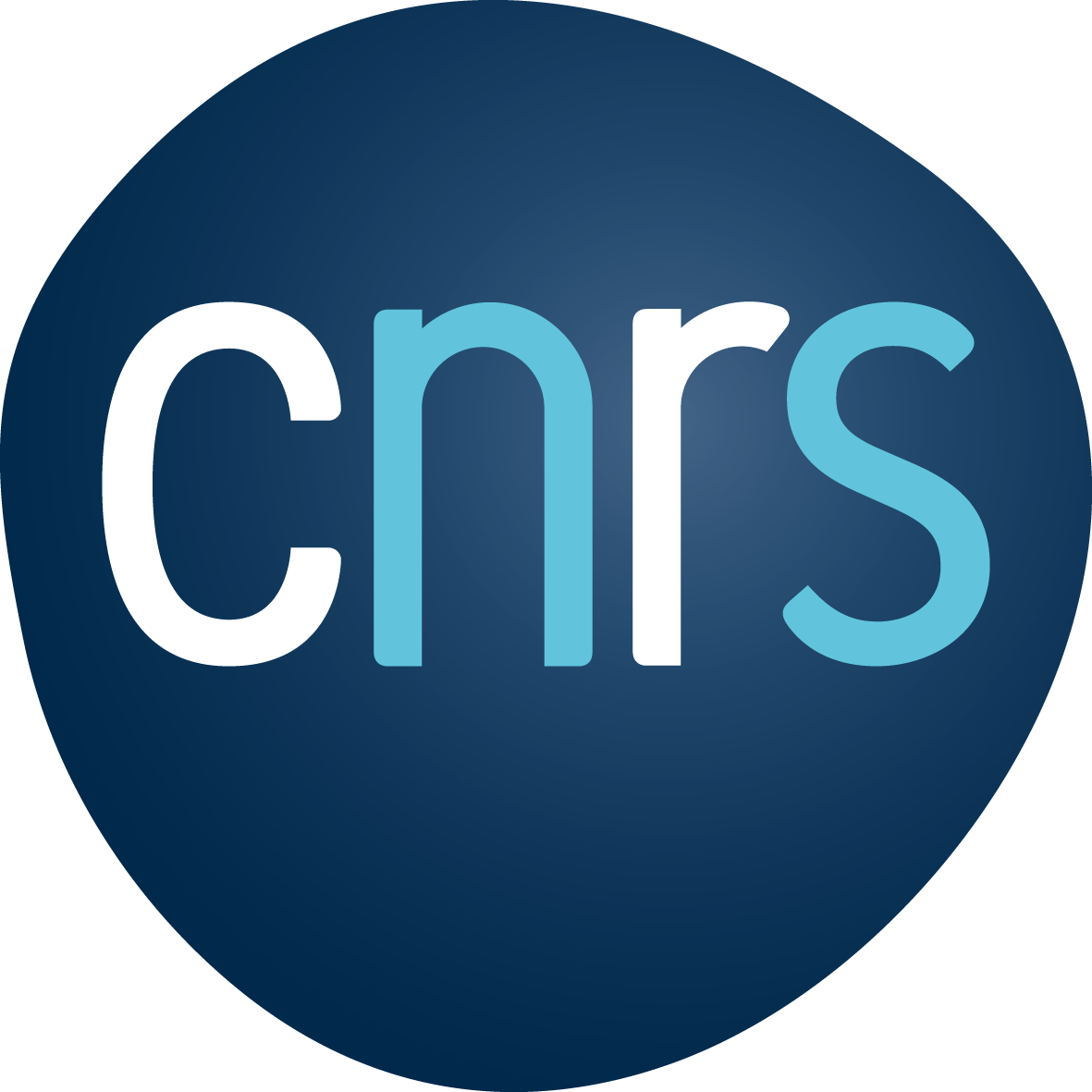DUTASTA Jean-Pierre
- Grade/Statut : Directeur de Recherches
- Établissement : ENS de Lyon
- Bâtiment : M6
- Bureau : M6.166
- Téléphone :
+334.72.72.83.82
- Télécopie : +334.72.72.88.60
- E-mail : Jean-Pierre.Dutasta
- Axe : Chimie Supramoléculaire et Chimie Biologique (CSCB)
-
CV
Dr. Jean-Pierre Dutasta is Emeritus Research Director (CNRS) in the Laboratory of Chemistry of the École Normale Supérieure in Lyon, France. He received his Doctorat d’État es-Sciences Physiques (PhD) from the University of Grenoble, France, in 1980 for studies on synthesis, conformational analysis and NMR investigations of organophosphorus compounds with Prof. J.-B. Robert. He joined the Centre National de la Recherche Scientifique (CNRS) in 1979 and did a post-doctoral work in 1980-1982 at the University of California at Los Angeles under the supervision of Pr. D.J. Cram. He was then appointed to the University Joseph Fourier in Grenoble (now University Grenoble Alpes), where he started research on supramolecular chemistry of macrocyclic phosphorus compounds and phosphonate cavitands. He joined the Laboratory of Chemistry at the École Normale Supérieure de Lyon in 1988 with Prof. André Collet, where he was appointed Research Director. He headed the supramolecular chemistry team until 2014, working on various aspects of cryptophanes, hemicryptophanes and cavitands. His current research activities include stereochemistry and supramolecular chemistry of host-guest systems based on molecular cages.
Research
Present research projects are within the scope of supramolecular chemistry focusing on the chemistry of host-guest systems with a special attention paid to the synthesis and applications, mainly in sensing and catalysis, of container-shaped molecular hosts derived from cryptophanes, hemicryptophanes and cavitands. Many of these host molecules are chiral and we are particularly interested in investigating properties of enantiopure hemicryptophanes and phosphonate cavitands for sensing and supramolecular catalysis.
Recent investigations conducted in collaboration with the group of Prof. A. Martinez in Centrale Marseille (iSm2, University of Aix-Marseille), on the functionalization of hemicryptophane host molecules showed that they are particularly suited for the recognition of neutral and charge guests. This is particularly important when chiral guests are concerned. For instance, enantiopure hemicryptophanes are able to differentiate glucopyranosyl substrates diastereoselectively and enantioselectively. Their use as supramolecular catalysts has been widely investigated; more particularly as organo-catalysts with encaged pro-azaphosphatrane and azaphosphatrane moieties, or as metal catalysts when a metal center is encapsulated inside the host molecular cavity.
On the other hand, phosphonate cavitands represent also an important class of molecular containers with complexation properties that led to the formation of supramolecular capsules. They are efficient receptors for cationic species and have been also involved in catalytic reactions for the valorization of CO2 or as enantiopure hosts for the recognition of chiral neurotransmitters.
We have been working for several decades on the chemistry of cryptophanes, known for their extraordinary complexation properties towards small neutral or charged molecules. For example, because of their importance in environmental chemistry, we have studied the recognition of small gaseous molecules such as methane (CH4). Its detection, storage and transformation are presently very active research topics. Recently, a new method for in-situ detection and measurement of dissolved methane in seawater has been elaborated through an international ANR project (PROMETHEUS, project ANR-13-IS006-0001).
Funding



